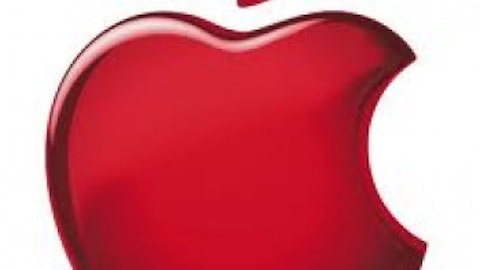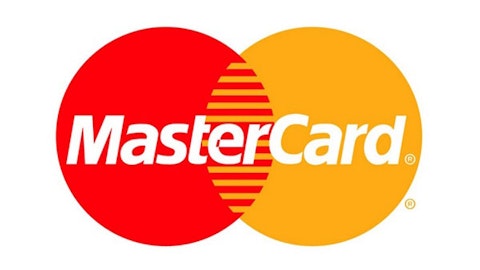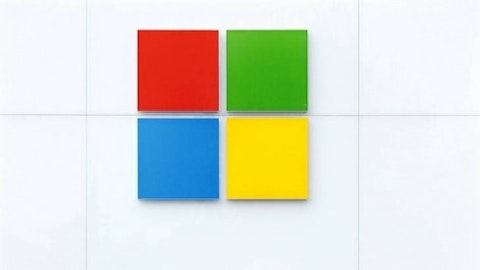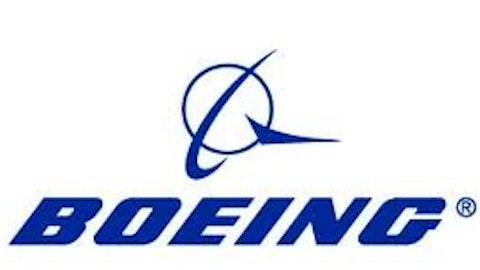Last week at its developer forum, Intel Corporation (NASDAQ:INTC) announced its long-awaited Z3000 family of system-on-a-chip solutions for tablets. While the firm’s previous tablet effort, Atom Z2760, had moderate success; it could hardly be called “best in class” with respect to performance or functionality. Its primary selling point was that it was a low-power solution with decent performance capable of powering inexpensive full Windows 8 devices. However, this solution was limited in a number of key ways, and as a result, tablets based on this chip were hardly compelling. The game has now changed as Intel’s new offering is very competitive against the best tablet chips available on the market today.
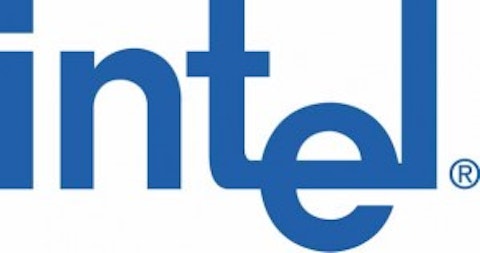
What’s changed?
There were numerous problems with the Atom Z2760. First, it was a dual-core solution based on a five-year old processor design, which meant from both a performance (and a marketing) standpoint, it didn’t fare so well against chips from the likes of QUALCOMM, Inc. (NASDAQ:QCOM) and NVIDIA Corporation (NASDAQ:NVDA), both of which were offering quad core parts. In addition, due to time-to-market concerns, Intel Corporation (NASDAQ:INTC) recycled the same graphics IP that it had utilized in its 2011 netbook platform. So, as far as graphics went, Z2760 was anything but competitive.
However, Bay Trail comes in a quad-core configuration of a brand-new processor core known as “Silvermont.” In addition, it comes with a slew of new features that enhance video encoding/decoding, as well as a graphics processor that can hang with the best chips on the market today. It’s a part that offers leadership CPU performance and power consumption, plus all of the features necessary in a modern system-on-chip, i.e., solid graphics performance (it hangs near the top of the mobile chip food chain) and full compatibility with both Windows 8 and Android. Intel Corporation (NASDAQ:INTC) has finally brought its A-Game to tablets.
What about pricing?
Many investors seem to believe that Intel Corporation (NASDAQ:INTC) can’t (or simply won’t) compete at the price points required to succeed in this market. This isn’t true at all.
The top-of-the-line chip has a tray price of $37, while its slightly less powerful brethren sell for $32. Note that these are prices for quantities of 1,000. OEMs buying even bigger volumes can likely get an even sweeter deal on a per-chip basis. This is certainly traditional ARM territory, so that argument goes out the window.
In fact, since Intel Corporation (NASDAQ:INTC) controls its own production, including design, wafer fabrication, and packaging and testing, it gets to keep the margins on all of these steps, while its competitors (like QUALCOMM, Inc. (NASDAQ:QCOM) and NVIDIA Corporation (NASDAQ:NVDA)) need to pay third parties to perform many of these functions. As long as Intel can keep its factory utilization high, doing these things in-house certainly brings cost-structure benefits.
How about design wins?
The last — and probably most important — question is that of design wins. While a great chip is nice, sales of the chip ultimately depend on the sell-through of the actual devices that chip powers. At the Intel Developer Forum, VP of the Mobile and Communications Group, Hermann Eul, showed a slide to illustrate the breadth of partners that would be deploying tablets based on the company’s chips. The partners listed included Dell, Lenovo, HP, ASUS, Acer, and many others
While IDF attendees got a glimpse at some of the different designs that will be coming to market from these partners, there’s likely to be more to come at the Windows 8.1 launch in October (when the first Windows tablets based on these new chips should become available), then near the end of the year when the first Android tablets based on these new chips roll out.
What’s the bottom line?
While Intel is certainly late in providing a leadership tablet platform, it is certainly making a rather spectacular entrance after priming the pump with last year’s tablet chips. The hardware is there, the software is there, and the OEM partners are ready to hit the market with some truly compelling designs. The Windows market — whatever it may be — seems as though it will be sewn up cleanly by Intel.
On the other hand, the Android market is an entirely different ball game. While on Windows, Intel has a very clear set of advantages (compatibility with everything that’s Windows-based). However, such advantages do not exist in the Android world, which is largely instruction set agnostic. NVIDIA Corporation (NASDAQ:NVDA) and QUALCOMM, Inc. (NASDAQ:QCOM) will be putting up fierce fights in the Android world, but for the first time in this space, Intel has a truly competitive, best-in-class solution that seems poised to gain market share.
The article Intel’s New Tablet Chip Sets the Stage for Gains originally appeared on Fool.com and is written by Ashraf Eassa.
Ashraf Eassa owns shares of Intel and NVIDIA. The Motley Fool recommends Intel and NVIDIA. The Motley Fool owns shares of Intel and Qualcomm.
Copyright © 1995 – 2013 The Motley Fool, LLC. All rights reserved. The Motley Fool has a disclosure policy.
